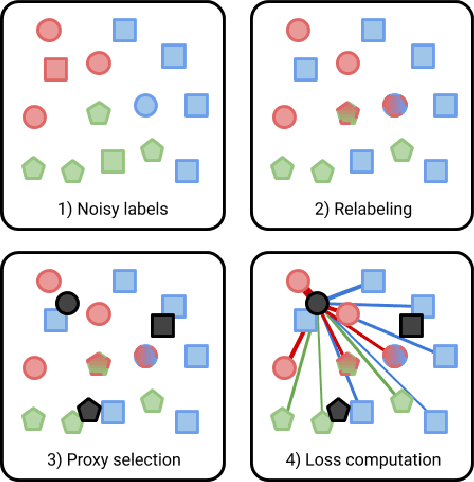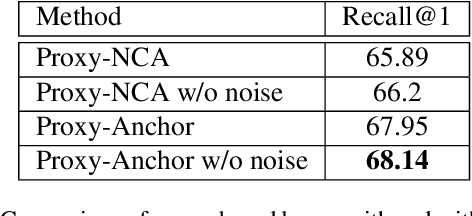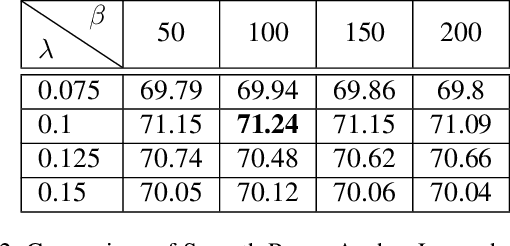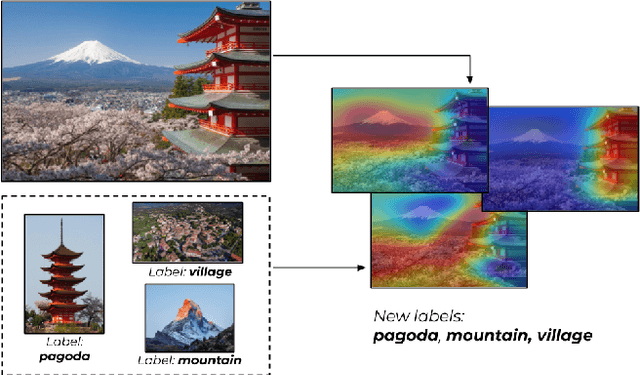Juan Carlos Riveiro
Smooth Proxy-Anchor Loss for Noisy Metric Learning
Jun 09, 2020



Abstract:Many industrial applications use Metric Learning as a way to circumvent scalability issues when designing systems with a high number of classes. Because of this, this field of research is attracting a lot of interest from the academic and non-academic communities. Such industrial applications require large-scale datasets, which are usually generated with web data and, as a result, often contain a high number of noisy labels. While Metric Learning systems are sensitive to noisy labels, this is usually not tackled in the literature, that relies on manually annotated datasets. In this work, we propose a Metric Learning method that is able to overcome the presence of noisy labels using our novel Smooth Proxy-Anchor Loss. We also present an architecture that uses the aforementioned loss with a two-phase learning procedure. First, we train a confidence module that computes sample class confidences. Second, these confidences are used to weight the influence of each sample for the training of the embeddings. This results in a system that is able to provide robust sample embeddings. We compare the performance of the described method with current state-of-the-art Metric Learning losses (proxy-based and pair-based), when trained with a dataset containing noisy labels. The results showcase an improvement of 2.63 and 3.29 in Recall@1 with respect to MultiSimilarity and Proxy-Anchor Loss respectively, proving that our method outperforms the state-of-the-art of Metric Learning in noisy labeling conditions.
* The 4th Workshop on Visual Understanding by Learning from Web Data (CVPR 2020)
Unsupervised Multi-label Dataset Generation from Web Data
May 12, 2020



Abstract:This paper presents a system towards the generation of multi-label datasets from web data in an unsupervised manner. To achieve this objective, this work comprises two main contributions, namely: a) the generation of a low-noise unsupervised single-label dataset from web-data, and b) the augmentation of labels in such dataset (from single label to multi label). The generation of a single-label dataset uses an unsupervised noise reduction phase (clustering and selection of clusters using anchors) obtaining a 85% of correctly labeled images. An unsupervised label augmentation process is then performed to assign new labels to the images in the dataset using the class activation maps and the uncertainty associated with each class. This process is applied to the dataset generated in this paper and a public dataset (Places365) achieving a 9.5% and 27% of extra labels in each dataset respectively, therefore demonstrating that the presented system can robustly enrich the initial dataset.
 Add to Chrome
Add to Chrome Add to Firefox
Add to Firefox Add to Edge
Add to Edge